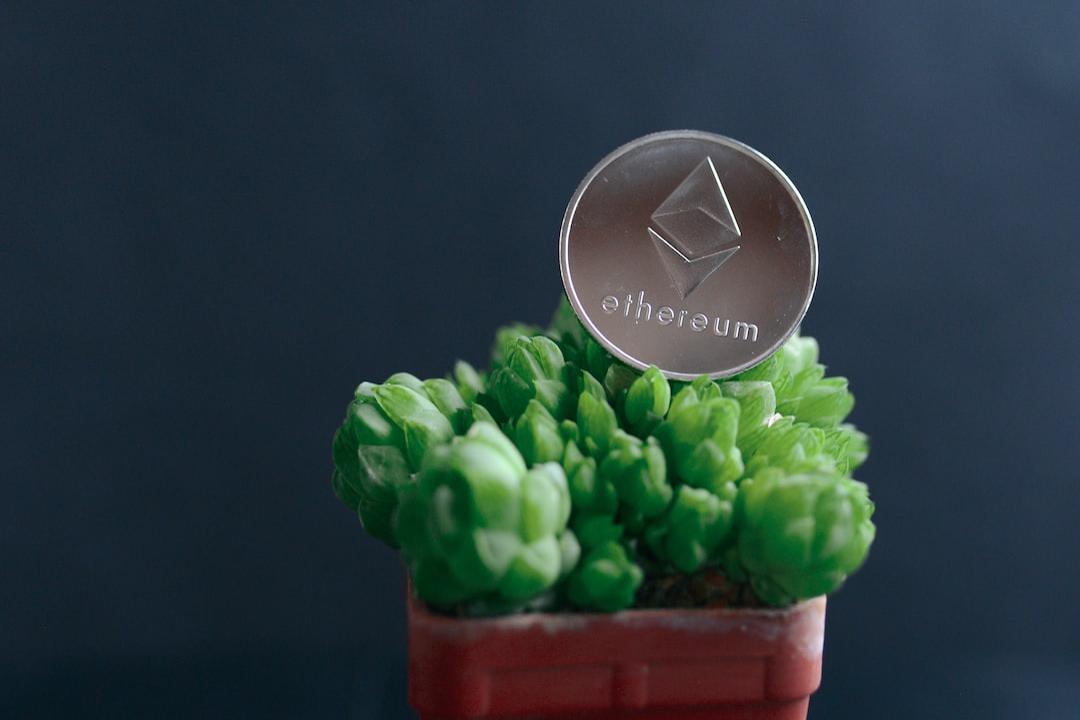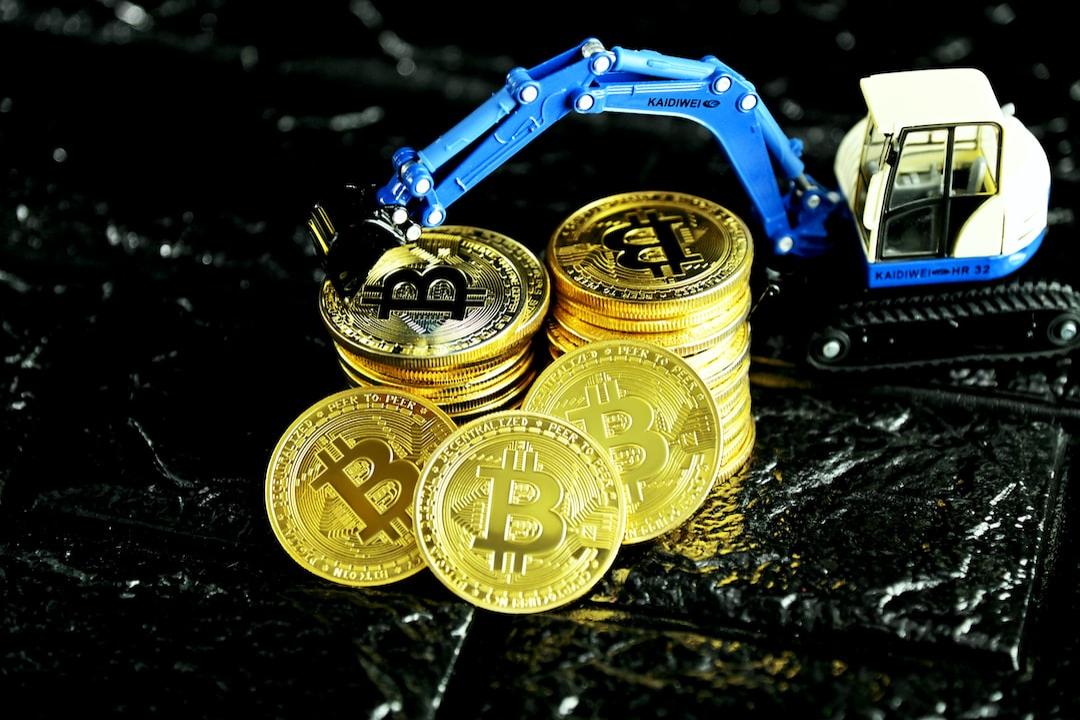Messari Special Analysis: How the Mira Protocol Utilizes Decentralized Consensus Mechanisms to Enhance AI Integrity?
In the Era of Flourishing Generative AI, the Challenge of “Hallucination”
In today’s world where generative AI is thriving, we still face a fundamental problem: AI sometimes produces nonsensical outputs with a serious tone. This phenomenon is referred to in the industry as “hallucination.” Mira, a decentralized protocol designed for AI output verification, is attempting to enhance the “factual credibility” of AI through a multi-model consensus mechanism and cryptographic auditing. Below, we will explore how Mira operates, why it is more effective than traditional methods, and its current results in real-world applications. This report is based on a research report published by Messari; the complete original text can be found at: Understanding AI Verification: A Use Case for Mira.
Decentralized Fact Verification Protocol: The Basic Operating Principles of Mira
Mira is not an AI model but an embedded verification layer. When an AI model generates a response (for example, chatbot answers, summaries, automated reports, etc.), Mira dissects the output into a series of independent factual claims. These claims are sent to its decentralized verification network, where each node (i.e., validators) operates different architectures of AI models to assess the truthfulness of these claims.
Each node will judge the claims as “correct,” “incorrect,” or “uncertain,” and ultimately, the system makes a collective decision based on majority consensus. If the majority of models recognize a claim as true, it will be approved; otherwise, it will be flagged, rejected, or a warning will be issued.




This process is entirely transparent and auditable. Each verification generates a cryptographic certificate, indicating the models involved in the verification process, voting results, timestamps, etc., for third-party validation.
Why AI Needs Verification Systems Like Mira
Generative AI models (such as GPT, Claude) are not deterministic tools; they predict the next character based on probabilities and lack an inherent sense of “fact awareness.” This design allows them to write poetry and tell jokes, but it also means they can seriously generate false information.
The verification mechanism proposed by Mira aims to address four core issues currently faced by AI:
- Widespread hallucination: Numerous cases of AI fabricating policies, inventing historical events, and misquoting sources are emerging.
- Black box operation: Users do not know where the AI’s answers come from and cannot trace them back.
- Inconsistent outputs: The same question may yield different answers from AI.
- Centralized control: Most AI models are monopolized by a few companies, preventing users from verifying their logic or seeking second opinions.
Limitations of Traditional Verification Methods
Current alternatives, such as human review (Human-in-the-loop), rule-based filters, and self-checking models, all have shortcomings:
- Human review is difficult to scale, slow, and costly.
- Rule-based filtering is limited to predefined scenarios and is ineffective against creative errors.
- Model self-checking is poor; AI often exhibits overconfidence in incorrect answers.
- Centralized ensembles, while able to cross-check, lack model diversity and are prone to “collective blind spots.”
Mira’s Innovative Mechanism: Combining Consensus Mechanisms with AI Division of Labor
The key innovation of Mira is the introduction of blockchain consensus concepts into AI verification. Each AI output, after passing through Mira, becomes multiple independent factual statements that various AI models “vote” on. Only when a certain proportion of models reach consensus is the content considered credible.
The core design advantages of Mira include:
- Model diversity: Models from different architectures and data backgrounds reduce collective bias.
- Error tolerance: Even if some nodes make errors, the overall result will not be affected.
- On-chain transparency: Verification records are on-chain and available for auditing.
- Strong scalability: Over 3 billion tokens (equivalent to millions of text segments) can be verified daily.
- No need for human intervention: The process is automated and does not require manual verification.
Decentralized Infrastructure: Who Provides Nodes and Computing Resources?
The verification nodes of Mira are provided by global decentralized computing contributors. These contributors are referred to as Node Delegators; they do not directly operate the nodes but lease GPU computing resources to certified node operators. This “computing as a service” model greatly expands the scale that Mira can handle.
Major collaborating node suppliers include:
- Io.Net: Provides GPU computing networks based on DePIN architecture.
- Aethir: Focuses on decentralized cloud GPUs for AI and gaming.
- Hyperbolic, Exabits, Spheron: Several blockchain computing platforms also provide infrastructure for Mira nodes.
Node participants must pass a KYC video verification process to ensure network uniqueness and security.
Mira Verification Raises AI Accuracy to 96%
According to data from the Mira team in the Messari report, the factual accuracy of large language models improved from 70% to 96% after filtering through its verification layer. In practical scenarios such as education, finance, and customer service, the occurrence of hallucinated content has decreased by 90%. Importantly, these improvements were achieved without retraining AI models, only through “filtering.”
Currently, Mira has been integrated into multiple application platforms, including:
- Educational tools
- Financial analysis products
- AI chatbots
- Third-party Verified Generate API services
The entire Mira ecosystem includes over 4.5 million users, with more than 500,000 daily active users. Although most people do not directly interact with Mira, their AI responses have already quietly undergone the verification mechanisms behind it.
Mira Builds the Trustworthy Foundation Layer for AI
As the AI industry increasingly pursues scale and efficiency, Mira provides a new direction: relying not on a single AI to determine answers but on a group of independent models to “vote on truth.” This structure not only makes output results more credible but also establishes a “verifiable trust mechanism” with high scalability.
As the user base expands and third-party audits become more prevalent, Mira has the potential to become an indispensable infrastructure within the AI ecosystem. For any developers and enterprises wishing for their AI to stand firm in real-world applications, the “decentralized verification layer” represented by Mira may be one of the key pieces of the puzzle.
Risk Warning
Investing in cryptocurrency carries high risks, and its prices may fluctuate dramatically; you may lose all your principal. Please assess risks with caution.
